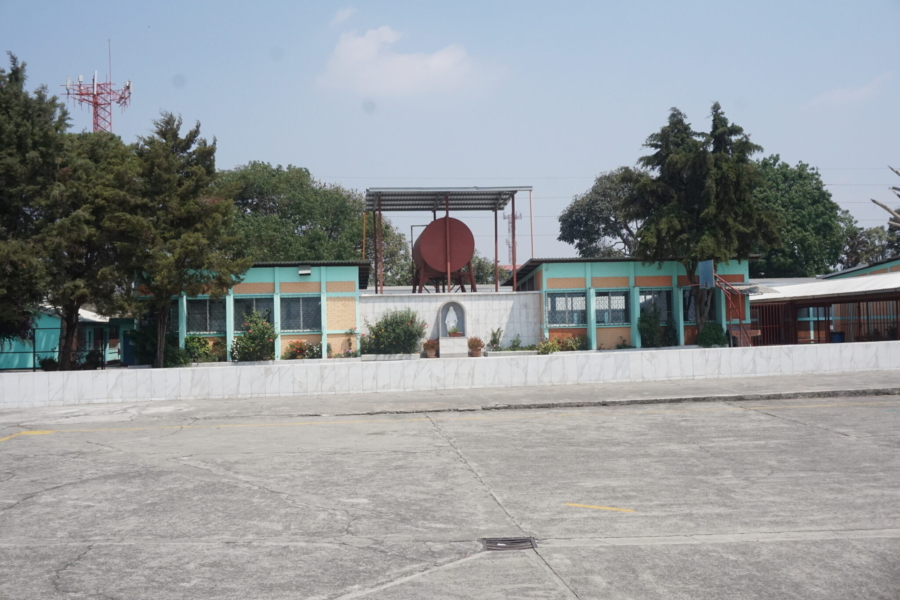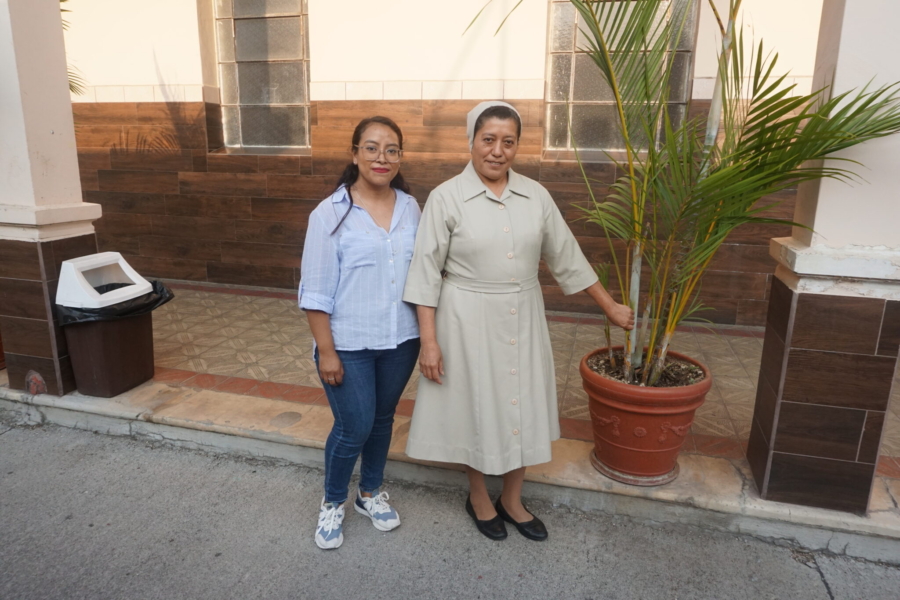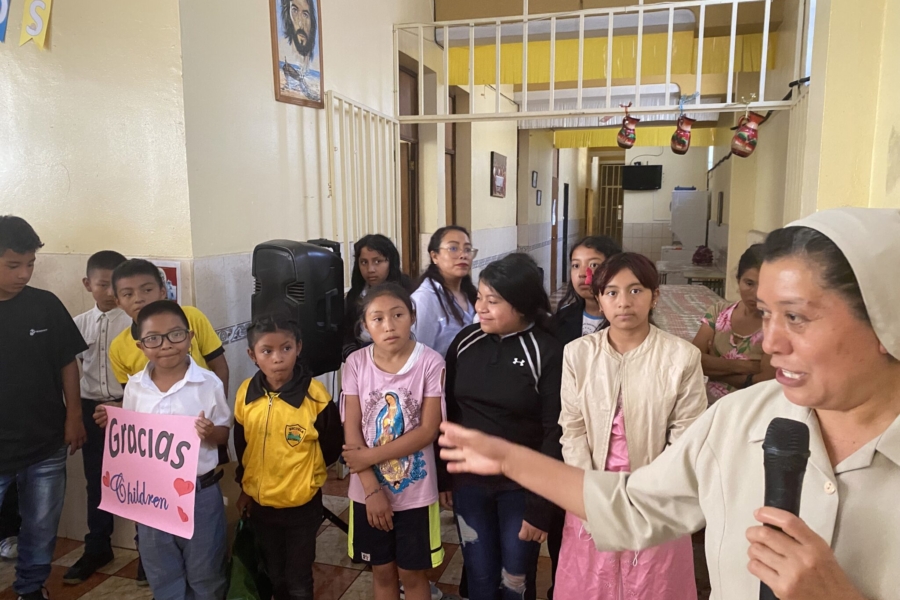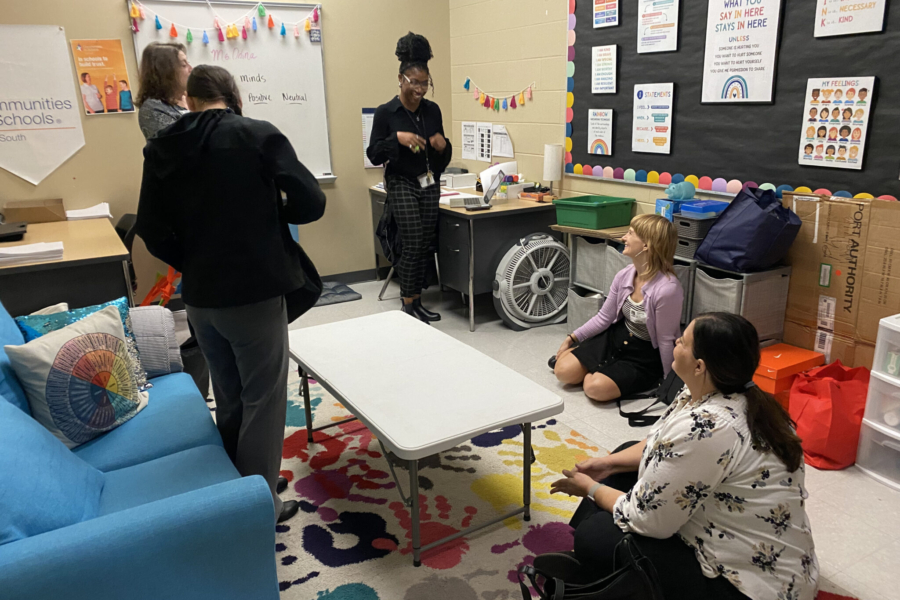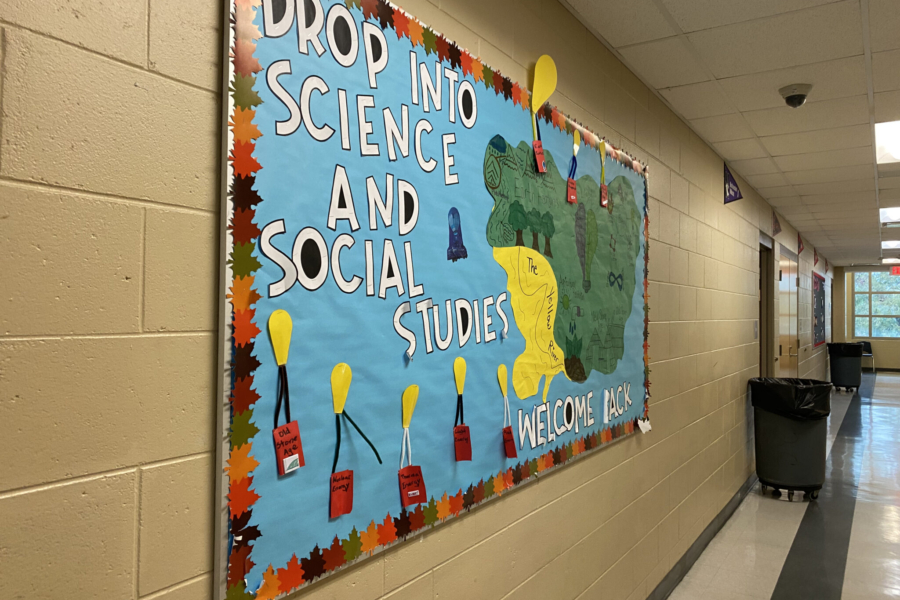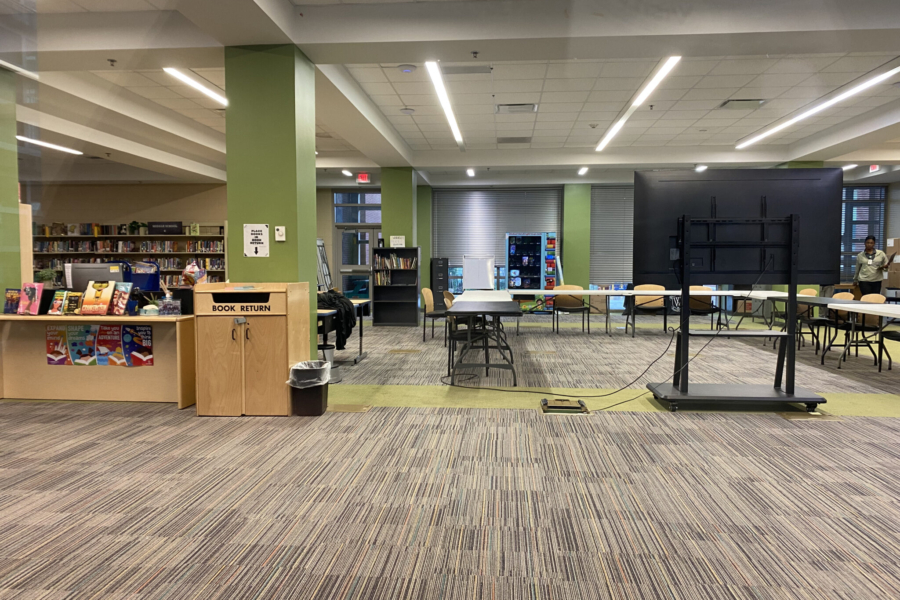Our volunteer coordinator, Casey, at Huguenot High School in Virginia, recently wrote to us to thank you, our amazing sponsors, for your dedication to helping children at her school find value in themselves and their education:
“Thank you and your donors for their continued support. You are changing the world one gift at a time!”
Casey’s Letter
“This is a huge thank you to all our donors and you all at Children Incorporated. Here at Huguenot High School, we have so many students in need. We have many students dealing with anxiety and social issues on a regular basis, and you have helped them so much.
We have also observed many individual students helped by the generous donations of Children Incorporated. Just as one example, we have a student who both works and goes to school and doesn’t have a lot of money to spend on herself. She has to help pay rent where she lives and often wears the same clothes over and over again. Due to your donations, I was able to get her necessary hair products, clothes, and even a few extra gifts for herself that she would never get if it weren’t for you all.
There is no way any of the students could help support themselves without the funds of Children Incorporated. Our children are able to feel special and loved by people they don’t even know or get to meet, and that is something amazing. You all help build self-confidence and self-worth, and help children see the world from a different perspective and create graduates where there may not have been one. Thank you and your donors for their continued support. You are changing the world one gift at a time!”
With gratitude and appreciation,
Casey
your impact through hope in action
Sponsorship is one of many ways you help impoverished children every month. Additionally, thanks to contributions to our Hope In Action Fund in the last month, we have been able to:
– Provide funds to purchase nutritious meals for 30 children for a month at Santa Isabel Ana Seton in Guatemala
– Provide funds for relief and recovery efforts for families affected by flooding at Kimper Elementary School in Kentucky
– Provide funds to purchase meals for 25 students for a month at the Dandora Community Center in Kenya
– Provide funds for students at Oak Grove/Bellemeade Elementary School in Virginia to purchase books at the Spring Book Fair
– Provide funds to purchase bed frames, mattresses, and bedding for five students who attend Langston Hughes Academy in Louisiana
– Provide funding to purchase meals for 1000 children for a month at the St. John’s Community Center in Kenya
– Provide funds for relief and recovery efforts for families affected by flooding at Cowan Elementary School in Kentucky
– Provide funds to purchase materials and supplies for a Native Art project at Page Middle School in Arizona
– Provide funds for Martin County Middle School students to travel from Kentucky to Washington, D.C. for a field trip
– Provide funds to relief and recovery efforts for families affected by flooding at Valley Elementary School in Kentucky
…and so much more! Thank you to our supporters for all that you do! We couldn’t do our life-changing work without you.
***
How do I sponsor a child with Children Incorporated?
You can sponsor a child in one of three ways: call our office at 1-800-538-5381 and speak with one of our staff members; email us at sponsorship@children-inc.org; or go online to our sponsorship portal, create an account, and search for a child in that is available for sponsorship.

